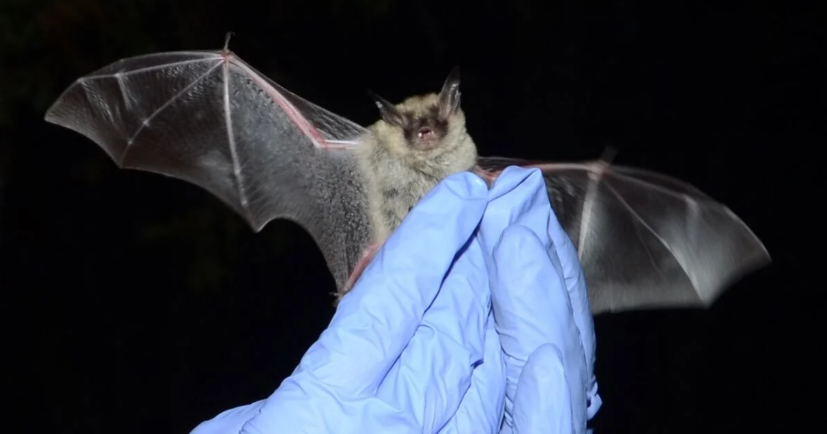Copyright berkshireeagle

LEE — General Electric Co. is ready to begin site preparations for its PCB landfill, but an obstacle is holding up the process. It’s less than 4 inches long and weighs about as much as a pencil. It has wings. The landfill site is recognized as potential habitat for the northern long-eared bat, once common but now recognized as an endangered species by both the state and federal endangered species acts. Tree clearing planned for the site cannot begin before Nov. 1, the time after which bats are expected to have relocated for the winter. No bats have been sighted around the GE parcel in recent years, a spokesman for the Environmental Protection Agency said in an email. According to GE plans, the first phase of site preparations will begin Nov. 3, the first Monday of the month. Tree clearing for the project is expected to begin Nov. 6 and wrap up by Nov. 19. Construction company J.H. Maxymillian, Inc. will oversee the site preparations. The completed landfill off Woodland Road will span 75 acres and hold sediments contaminated with lower levels of PCBs. During its operations through the 20th century, GE used PCB chemicals to produce power transformers, plastics and other materials, resulting in widespread contamination of the Housatonic River and its surrounding floodplains. GE’s landfill is part of its cleanup project required under the conditions of a consent decree approved in 2000. PCBs are known to cause a variety of health issues including cancer in humans and wildlife. Although no bats have been sighted at the GE land in recent years, even potential habitat spaces where the endangered bats could roost need to be preserved until it’s relatively certain that they would have left by now to relocate for the winter, a spokesman for the Environmental Protection Agency confirmed over email. While it’s commonly believed that bats spend their lives in caves, they typically only hibernate there during the winter season. During the summer months, they take refuge in forested areas and occasionally even manmade structures, according to the MassWildlife Division of Fisheries and Wildlife. The small bats have an affinity for tall trees, dead or alive, with large cavities they can roost inside. Even though the bats haven’t been sighted recently in trees surrounding the GE land parcel, the PCB Advisory Committee has expressed concerns about the project’s potential impact on the species, particularly the fact that the potential habitat won’t be replaced once the trees come down. Town Administrator Chris Brittain submitted the town’s feedback regarding the landfill site preparation to EPA on Oct. 24. That date was, coincidentally, the first day of International Bat Week, observed by a variety of conservation groups including the National Park Service.). The document requests that additional study periods are undertaken to gain a more complete idea of what species are present, noting that only one study period was completed for the northern long-eared bat. The town also requests that a plan for habitat compensation be prepared, for the bats and two bird species: the American bittern and the common ganninule, which the report mentioned. The main reason for the bats’ dwindling numbers is white-nose syndrome, a fungal infection that has wiped out entire hibernacula in the past. The infection gets its name from the white fungus that appears over the bat’s muzzle and wings, according to the National Park Service. The fungal growth eventually disturbs the bats enough to rouse them during hibernation, causing them to burn through valuable fat stores, leading to death. According to an August 2023 site report commissioned by GE, the closest winter hibernaculum to the GE parcel known to have been used by the bats is about 7.5 miles away in Stockbridge near Rockdale Mills. (The site report used available data from 2021). In recent years, the northern long-eared bat has also been sighted in five Berkshire County municipalities: Marlborough, Adams, Cheshire, West Stockbridge and Egremont. MassWildlife identified these locations based on data collected from the Natural Heritage Database between 1999 and 2024.



